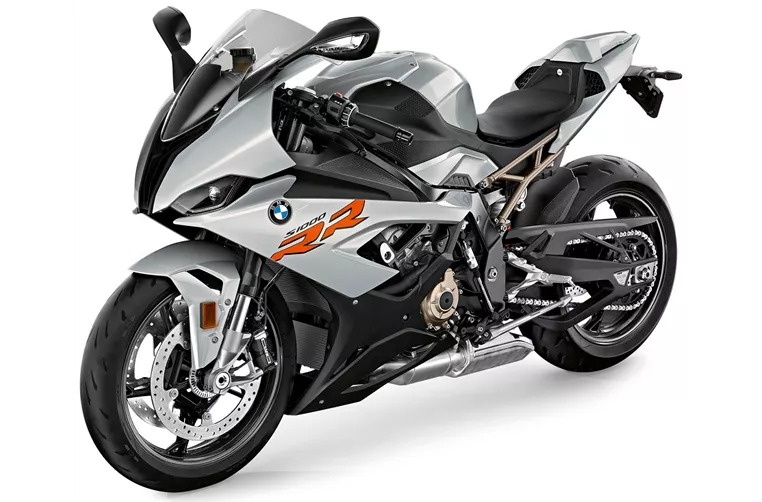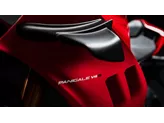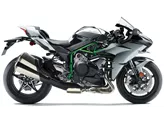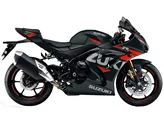Kawasaki Ninja ZX-10R 2010 vs. BMW S 1000 RR 2020

Kawasaki Ninja ZX-10R 2010
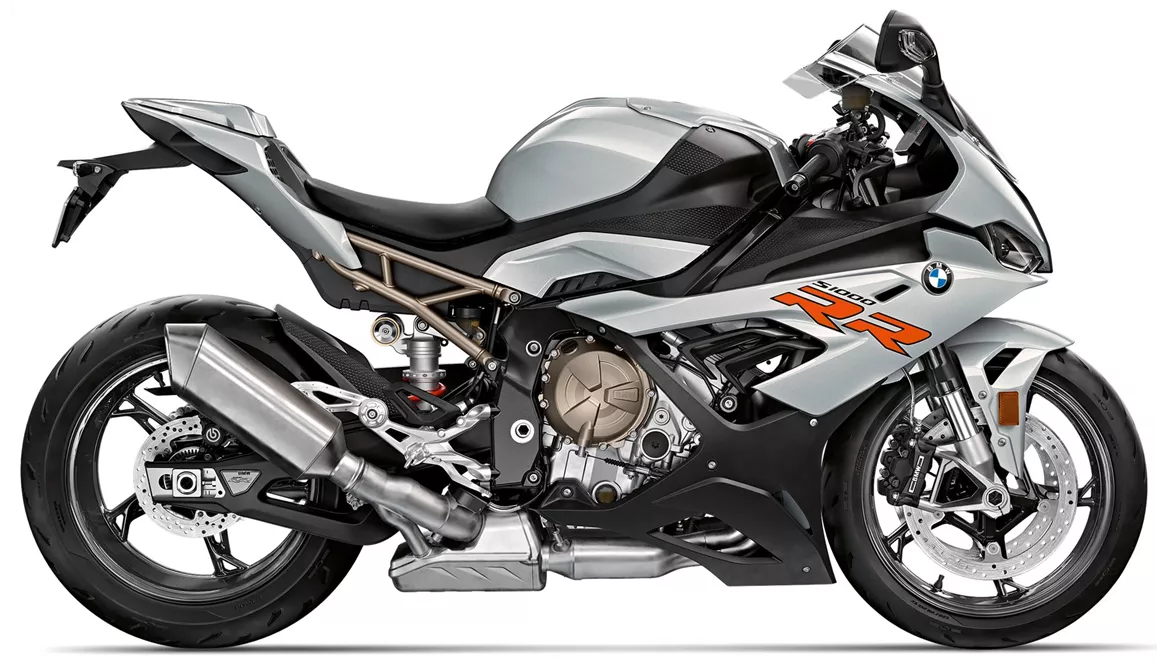
BMW S 1000 RR 2020
Vue d’ensemble - Kawasaki Ninja ZX-10R 2010 vs BMW S 1000 RR 2020
The Kawasaki Ninja ZX-10R 2010 and the BMW S 1000 RR 2020 are both supersport motorcycles that offer impressive performance and advanced features. While the Ninja ZX-10R is from 2010 and the S 1000 RR is from 2020, there are notable differences in their technical specifications and strengths.
Starting with the engine and drive train, both motorcycles have in-line four-cylinder engines, but there are some variations. The Ninja ZX-10R has a bore of 76 mm and a stroke of 55 mm, while the S 1000 RR has a larger bore of 80 mm and a shorter stroke of 49.7 mm. This results in the S 1000 RR having a higher engine power of 207 HP compared to the Ninja ZX-10R's 187 HP. Both motorcycles have the same torque of 113 Nm and a compression ratio of 12.9 for the Ninja ZX-10R and 13.3 for the S 1000 RR. In terms of displacement, the Ninja ZX-10R has 998 ccm, while the S 1000 RR has 999 ccm.
Moving on to the suspension, both motorcycles feature upside-down telescopic forks at the front. However, the S 1000 RR offers more adjustability with compression, preload, and rebound adjustments, whereas the Ninja ZX-10R only has compression and rebound adjustments for the front and rear suspension.

Kawasaki Ninja ZX-10R 2010
In terms of chassis, both motorcycles have aluminum frames. The Ninja ZX-10R has an extruded frame type, while the S 1000 RR has a twin tube, load-bearing engine frame type. Both motorcycles have double disk brakes at the front, with radial technology for the Ninja ZX-10R and without radial technology for the S 1000 RR.
When it comes to dimensions and weights, both motorcycles have the same front and rear tire widths of 120 mm and 190 mm respectively. The S 1000 RR has a slightly longer wheelbase of 1441 mm compared to the Ninja ZX-10R's 1415 mm. The seat height is also slightly lower for the S 1000 RR at 824 mm compared to the Ninja ZX-10R's 830 mm. The fuel tank capacity is 17 l for the Ninja ZX-10R and 16.5 l for the S 1000 RR.

BMW S 1000 RR 2020
In terms of strengths, the Ninja ZX-10R 2010 is praised for its extremely precise traction control, efficient braking system, integrated electronics, positive ABS system, and high engine power. On the other hand, the S 1000 RR 2020 is commended for its very linear power delivery, wide rev range, excellent DDC (Dynamic Damping Control) precision, and top performance. The S 1000 RR also has a super electronics package and is considered a harmonious overall package both on the road and on the racetrack.
However, both motorcycles have their weaknesses. The Ninja ZX-10R 2010 is criticized for its suboptimal transmission with tight gearshifts. On the other hand, the S 1000 RR 2020 is said to be almost "characterless" compared to other motorcycles in its class and lags behind on the spec sheet in direct comparison.
In conclusion, while both the Kawasaki Ninja ZX-10R 2010 and the BMW S 1000 RR 2020 are high-performance supersport motorcycles, the S 1000 RR offers more advanced features, better adjustability, and higher engine power. However, the Ninja ZX-10R still has its strengths in terms of traction control, braking system, and integrated electronics. Ultimately, the choice between the two would depend on the rider's preferences and priorities.
Caractéristiques techniques Kawasaki Ninja ZX-10R 2010 par rapport à BMW S 1000 RR 2020
Avantages et inconvénients en comparaison
Avantages et inconvénients en comparaison
Kawasaki Ninja ZX-10R 2010

Les fans de Ninja n'ont pas d'autre choix que d'acheter la nouvelle 10. Elle est plus légère, plus puissante, plus souple et pourtant plus facile à piloter que n'importe quelle autre ZX-10R jusqu'à présent. La Kawa se présente également comme supérieure aux autres japonaises. Outre les motos européennes, les émotions, les préférences pour certaines couleurs et formes entrent certainement en jeu.
BMW S 1000 RR 2020
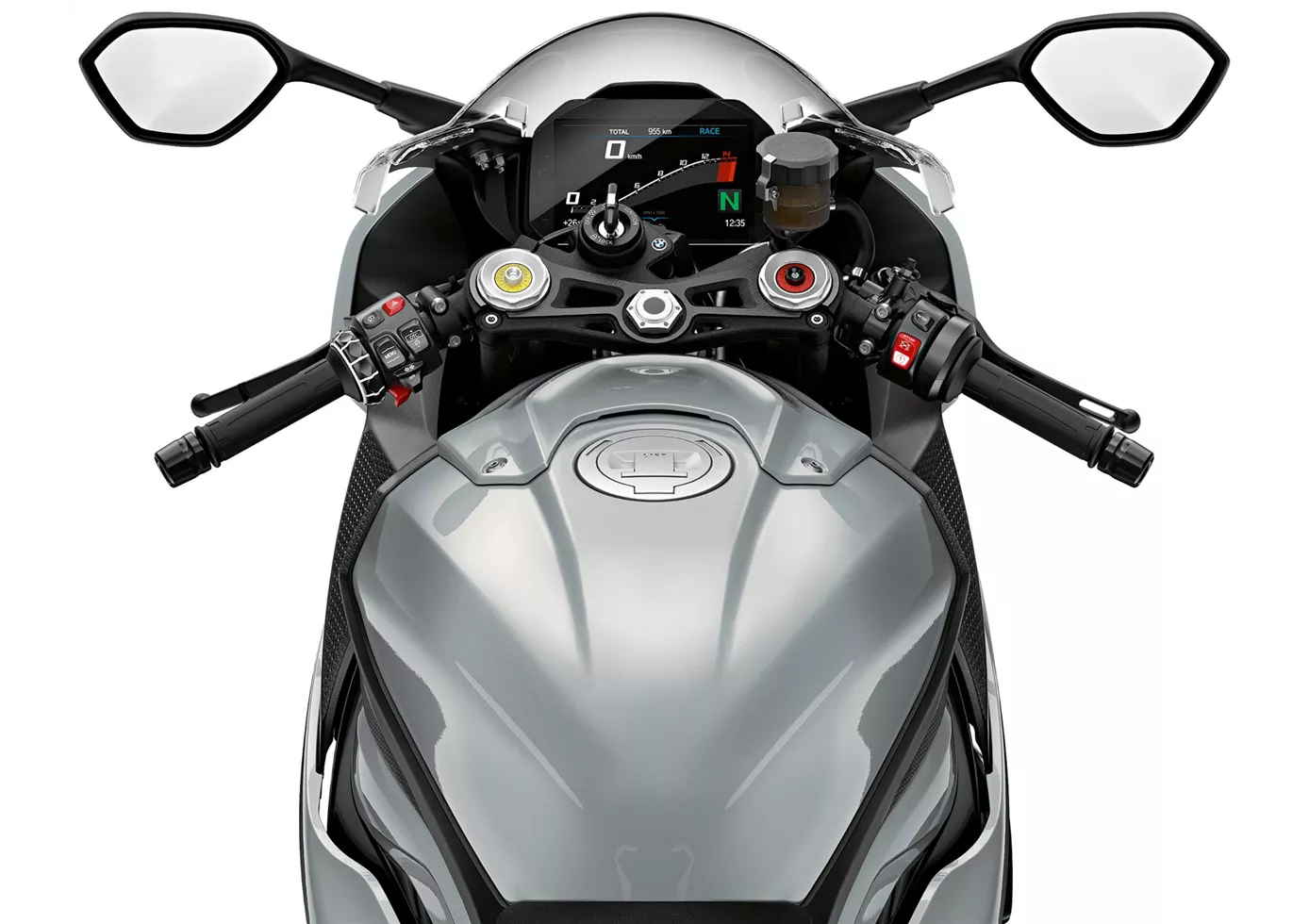
Une vraie superbike "à tout faire". Sur la piste de course comme sur la route, la BMW sait jouer de ses atouts. Grâce à la distribution variable de l'arbre à cames, le moteur puissant est déjà convaincant à bas régime et accélère harmonieusement sur toute la plage de régime, avec une puissance élevée dans tous les domaines. Pour le pilote amateur, le châssis fonctionne certainement de manière exceptionnelle dans toutes les situations, il garantit un feedback transparent et offre de nombreuses possibilités de réglage. La position de conduite est sportive, mais relativement confortable. L'électronique fonctionne de manière très harmonieuse sans infantiliser le pilote - TOP !
Comparaison des prix Prix moyen du marché Kawasaki Ninja ZX-10R vs BMW S 1000 RR
There are a few key differences between a Kawasaki Ninja ZX-10R 2010 and a BMW S 1000 RR 2020. It takes less time to sell a Kawasaki Ninja ZX-10R with 60 days compared to 68 days for a BMW S 1000 RR. Since model year 2005 1000PS.de editors have written 51 reviews for the Kawasaki Ninja ZX-10R and 135 reviews for the BMW S 1000 RR since model year 2010. The first review for the Kawasaki Ninja ZX-10R was published on 1/11/2004 and now has more than 2,900 views. This compares to more than 4,000 views for the first review on BMW S 1000 RR published on 4/16/2008.

